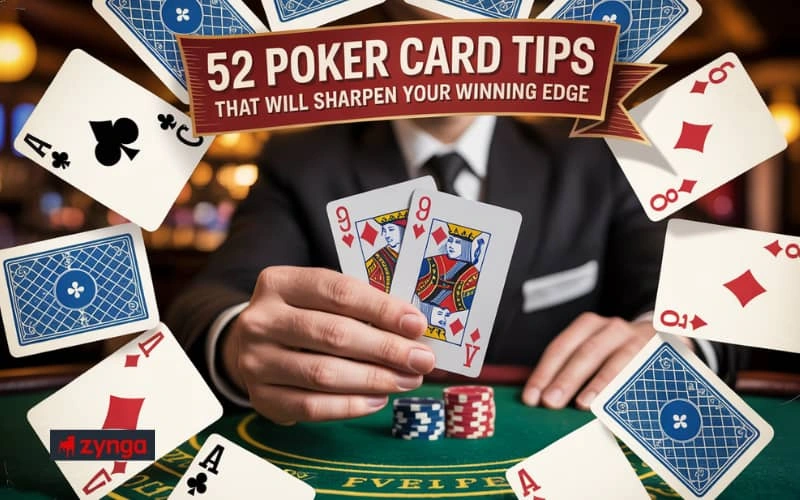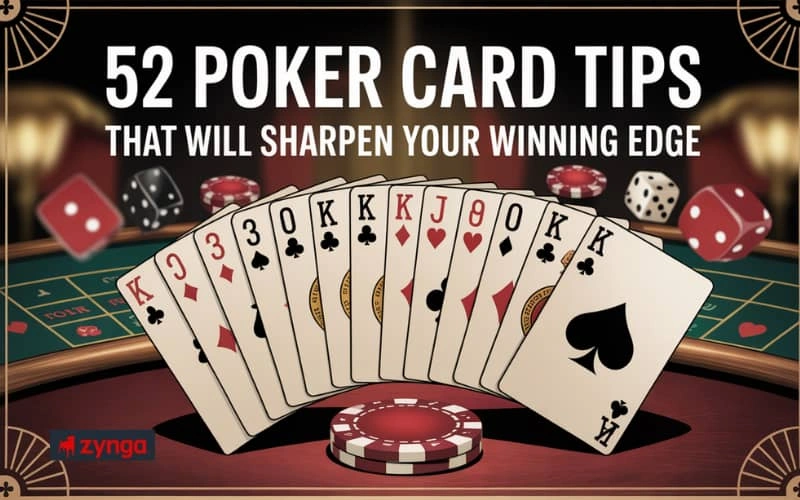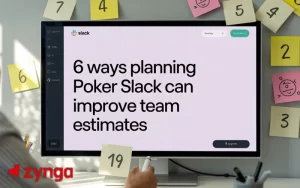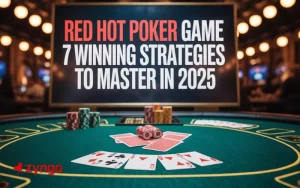Poker is a game of skill, strategy, and psychological insight. Whether you’re a casual player or a serious competitor, improving your understanding of the zynga poker poker 52 deck can dramatically enhance your performance at the table. The standard poker deck contains 52 cards, and each one holds the potential to turn a game in your favor. In this article, we’ll explore 52 valuable tips that focus on using the full poker 52 deck to your advantage.
Understanding the Poker 52 Deck
The poker 52 deck consists of four suits—hearts, diamonds, clubs, and spades—with 13 cards in each suit. Mastering the combinations, patterns, and strategic implications of each card is crucial for success. The following tips are organized to cover pre-flop decisions, betting techniques, bluffing, reading opponents, and mental focus.
Master Pre-Flop Strategy
- Always know your position at the table
- Stick to a tight-aggressive pre-flop range
- Avoid limping unless in a multi-way pot
- Use suited connectors strategically
- Don’t overvalue small pairs
- Fold junk hands from early position
- Raise instead of calling when appropriate
- Mix up your play with occasional bluffs
- Observe how others play premium hands
- Avoid going all-in too early in tournaments
Effective Use of the Poker 52 Range
- Study combinations possible in a 52-card deck
- Understand the probability of hitting a flush
- Know the odds of landing a straight
- Learn how many outs you have after the flop
- Calculate pot odds quickly and accurately
- Don’t chase draws with poor odds
- Memorize the top 10 starting hands
- Recognize dead cards on the board
- Use blockers to your advantage
- Know when to fold a good hand
Boost Your Bluffing Skills
- Bluff only when the board supports your story
- Don’t bluff against calling stations
- Semi-bluff with draws that have strong equity
- Use your table image to bluff effectively
- Know when to stop bluffing
- Don’t bluff into multiple opponents
- Watch for tells when bluffing
- Understand timing tells during a bluff
- Use position to bluff with confidence
- Mix up your bet sizing to confuse opponents
Improve Your Reading Ability
- Pay attention to betting patterns
- Watch how opponents handle their chips
- Look for emotional responses
- Study showdown hands for player habits
- Notice how often a player continuation bets
- Observe how frequently a player folds
- Identify passive versus aggressive styles
- Track how players react to check-raises
- Use notes or HUDs in online play
- Know your regular opponents’ tendencies
Control Your Mental Game
- Stay emotionally neutral regardless of wins or losses
- Take breaks to stay sharp and focused
- Avoid playing when tired or distracted
- Don’t drink alcohol during serious games
- Review your sessions regularly
- Set a budget and stick to it
- Use visualization techniques before playing
- Don’t let bad beats affect your decisions
- Focus on long-term performance, not short-term results
- Practice mindfulness to manage stress

Final Poker 52 Tips for Long-Term Success
- Keep learning new strategies and trends
- Treat every hand as a learning opportunity
Why Mastering the Poker 52 Deck Matters
The difference between a break-even player and a winning one often lies in the attention to detail. The poker 52 deck may seem like a simple concept, but truly understanding the roles each card and combination play can significantly boost your edge at the table. Whether it’s refining your pre-flop play, mastering pot odds, or bluffing with accuracy, incorporating these tips can sharpen your instincts and improve your consistency.
Conclusion
Becoming a better poker player takes time, study, and real game experience. These 52 tips, grounded in the principles of the poker 52 deck, offer a comprehensive approach to raising your skill level. Apply them gradually, reflect on each session, and always be open to learning. Over time, your edge at the poker table will become more evident, and your confidence in making calculated decisions will grow.










